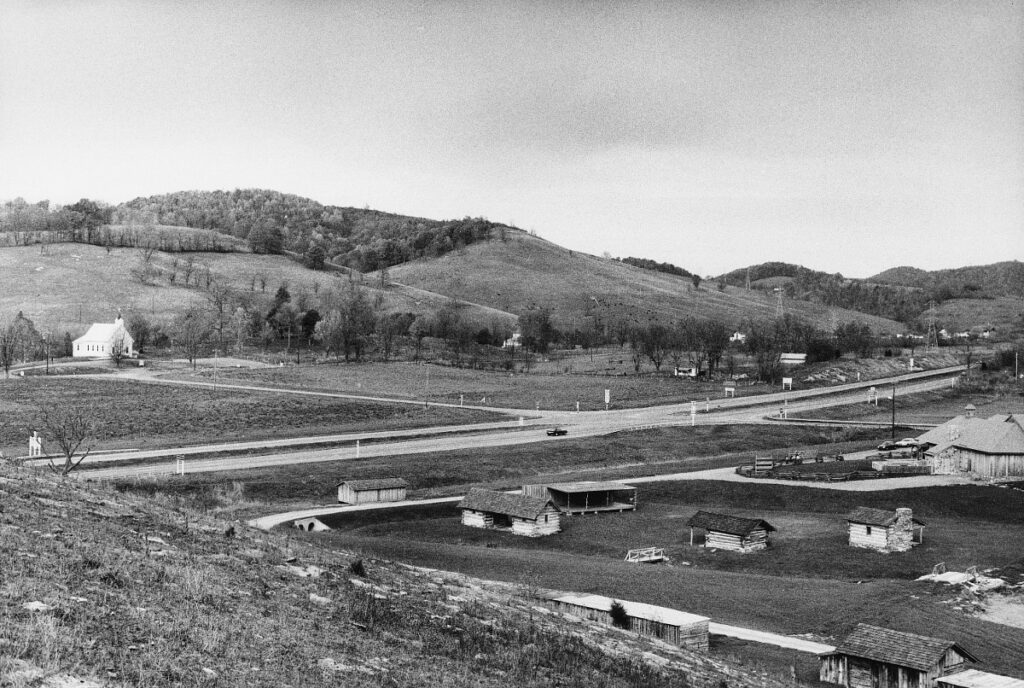Flint Run Archaeological District (Thunderbird Archaeological District)
The Flint Run Archaeological District, a 2300-acre complex of sites in Warren County, is one of North America’s most significant archaeological areas. Research conducted by the Department of Anthropology of […]
Big Crab Orchard Site

Patented in 1750, the Big Crab Orchard Site was one of the first European settlements in Southwest Virginia. Parts of the tract were later owned by Morriss Griffith and William […]
Potomac Creek Site
This two-acre site on the peninsula formed by Accokeek and Potomac creeks includes the location of the Potomeck Indian village known as Patawomeke. Shown are samples of the decorative treatments […]
Rose Hill
The Rose Hill dwelling is among the earliest and least-altered I-houses in Southampton County. Characteristic of the form, it has a passage between the two rooms of each floor. The […]
Indian Banks
The compact plantation house of Indian Banks stands on land in Richmond County patented by Thomas Glascock in 1652. Traditionally dated to 1699, Indian Banks may have been built in […]
Flowerdew Hundred Plantation
Flowerdew Hundred Plantation was among the earliest English settlements in the new world. The tract was granted in 1618 to Governor George Yeardley, who named it in honor of his […]
Hatch Archaeological Site
On Powell Creek, two miles inland from the James River, the Hatch site contains archaeological remains dating from at least 8000 B.C. through the 17th century. Deep stratified deposits, a […]
Battersea
With its sectioned massing, Battersea, on the western edge of the city of Petersburg, displays perhaps best the Anglo-Palladian influence on Virginia’s finer colonial plantation houses. The elegant but compact […]
Ingles Bottom Archaeological Sites
The tract of floodplain along the New River in southwest Radford incorporates a variety of sites of human occupation from 8000 B.C. to the present. Prehistoric sites range from the […]
Moysonec
During his exploration of the Chickahominy River in 1607, Capt. John Smith observed the Indian village of Moysonec, sited, as he noted, “where a better seat for a town cannot […]

